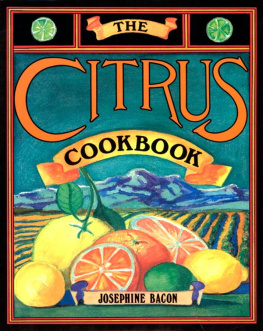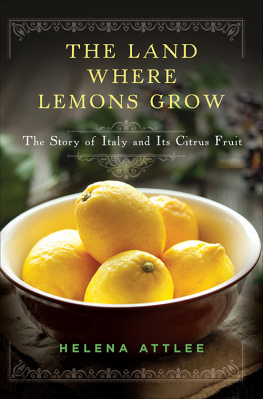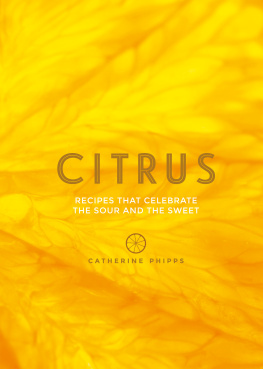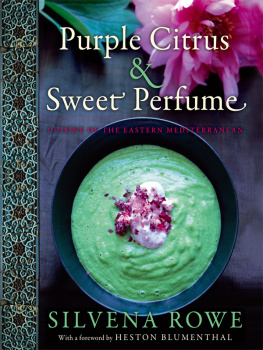
IMAGES
of America
TEXAS CITRUS
FIESTA

In 1939, John H. Shary broke ground for a new two-story office building (pictured). The $40,000 structure, completed that year, consisted of offices for his many business interests. Today, the historic office building is home to the Mission Historical Museum, Inc. (Courtesy Mission Historical Museum, Inc.)
ON THE COVER: In 1935, King Citrus III, Levi Walker, a Mission businessman, and Queen Citrianna III, Merble Parr of Raymondville, reigned over the Kingdom of Citrus, Court of Grapefruit. In addition, 18 duchesses represented Rio Grande Valley cities and Reynosa, Mexico. (Courtesy Mission Historical Museum, Inc.)
IMAGES
of America
TEXAS CITRUS
FIESTA
Karen Gerhardt Fort
and the Mission Historical Museum, Inc.

Copyright 2014 by Karen Gerhardt Fort and the Mission Historical Museum, Inc.
ISBN 978-1-4671-3154-4
Ebook ISBN 9781439649305
Published by Arcadia Publishing
Charleston, South Carolina
Library of Congress Control Number: 2013957657
For all general information, please contact Arcadia Publishing:
Telephone 843-853-2070
Fax 843-853-0044
E-mail
For customer service and orders:
Toll-Free 1-888-313-2665
Visit us on the Internet at www.arcadiapublishing.com
Dedicated to the memory of Maurine Duncan Nickolaus, teacher, artist, costume designer, historian, author, city council member, businesswoman, wife, and mother
CONTENTS
ACKNOWLEDGMENTS
In the 1930s, the residents of Mission began celebrating the accomplishments of their young city with vision, imagination, ingenuity, and enterprise. They established the Texas Citrus Fiesta as the format for that celebration. Today, more than 80 years later, traditional and new events draw thousands of visitors to the city for the annual event. Fortunately, over the years, Maurine Duncan Nickolaus collected hundreds of photographs of the fiesta, now at the Mission Historical Museum Inc. Although images from a 1935 scrapbook have been used to illustrate some fiesta activities, the remaining photographs have come from the Duncan collection.
I wish to thank the Mission Historical Museum Inc. for permission to use these photographs, for support with research, and for technical assistance in reproducing the images. I extend deepest thanks to Lus Contreras, director of the museum; Vernon Weckbacher, archivist; Linda Castaeda, development officer; and Mara Picazo, office assistant, each of whom provided cheerful and generous encouragement.
Special thanks are due to Vernon Weckbacher, who kindly allowed me to use his desk and workspace numerous times for research and scanning. He provided many historical details about Mission and the fiesta.
I am deeply grateful to the late Berta Filut, former director of the Texas Citrus Fiesta, who answered many questions regarding details about the festivities.
I especially want to thank my husband, Tom A. Fort, for his help in acquiring research materials and for scanning images, offering valuable suggestions, and sharing the arduous process of creating a new book.
Finally, I wish to thank Arcadia Publishing for asking me to write this book about the Texas Citrus Fiesta.
All images appear courtesy of the Mission Historical Museum Inc. Historical details have come from the following newspapers: Mission Times, the Monitor (McAllen), and the Upper Valley Progress (Mission). Issues of the Mission Times are courtesy of the Museum of South Texas History (Edinburg).
INTRODUCTION
In 1912, John H. Shary (18721945), a registered pharmacist from Nebraska, arrived in the young city of Mission with big dreams. He had already enjoyed financial success as a salesman of redwood lumber in California, which allowed him to travel widely. Between 1904 and 1911, he and a partner bought and sold some 268,000 acres near Corpus Christi, Texas. With their land holdings depleted, in 1912, the partners went their separate ways, one to Colorado and the other to the Rio Grande Valley.
In 1913, Shary bought 16,000 acres at Mission and built an irrigation system, and he planted the first commercial grapefruit orchard in 1915. By 1922, he owned more than 49,000 acres, a development he named Sharyland. That year, he harvested the first commercial grapefruit crop. Workers sorted, cleaned, and graded the fruit by hand. In November 1922, he married longtime friend and business associate Mary E. OBrien.
The next year, Shary visited California to study the more developed citrus industry there. He returned to Mission to build a large citrus-packing plant and to establish the Texas Citrus Fruit Growers Exchange for the marketing and distribution of citrus crops.
According to author Cleo Dawson Smith in a 1963 article that appears in the 26th Annual Citrus Fiesta Edition of the Mission Times, the idea for a festival to celebrate a successful crop and promote Mission and Hidalgo County was first suggested by Judge Dennis B. Chapin around 1910. Bermuda onions were his crop of choice. However, due to a hard-hitting freeze, the Onion Fair never materialized.
The highly successful crop of 1922 led to the celebration of the citrus industry with a fair and rodeo in early 1923. According to Dawson, fruit packers competed to see who was the quickest, and ladies from the area competed with their special pastries, cakes, preserves and handwork (decorative sewing) for first-, second-, and third-place prizes. The committee that was planning the event invited John Shary to be the Grapefruit King and Emogene (Mrs. A.Y.) Baker to be the queen.
Within a few years, the success of Missions citrus industry had become well established. Conversations during a December 1930 party held at the Shary mansion inspired Mission leaders to promote the marketing and sale of citrus products by holding a community-wide event. Paul Ord, chairman of the Young Mens Business League, an affiliate of the Mission Chamber of Commerce, became general chairman of the event, and the league served as the committee in charge of events (and again in 1934), with the help of additional volunteer committees.
After a year of planning, the first Texas Citrus Fiesta took place on December 9, 1932, with Shary honored as the father of the Texas citrus industry. Since 1932, governance of the fiesta by a volunteer executive committee and apportionment of work to various committees of volunteers have remained essential parts of the fiestas success. Several events of the first fiesta have become traditions: contests involving the entire community, citrus product exhibits, the coronation of Queen Citrianna and King Citrus, the Parade of Oranges with a float for fiesta royalty, printed programs, and the naming of Queen Citrianna for the following year. Also begun in 1932 was a program of entertainment during the coronation, followed by the Queens Ball.
Some newspaper articles state that the first style show occurred in 1932, but it is not clear whether the garments were made from valley-grown products. Other articles from the 1930s are silent on the subject. It is definite, however, that in 1934, costumes made of fruits and vegetables were a prominent feature of the fiesta. In 1935, the style show became a well-publicized highlight.
Hispanic residents of Mission were represented in 1932 by dance director Carmen Barrera, numerous dancers, and high school band members. In future years, beautiful Hispanic girls and women participated as committee members, duchesses, princesses, queens, and style show models. Handsome Hispanic boys and men served on committees, escorted the duchesses, contributed musical fanfares at the coronation, placed citrus exhibits in their store windows, and performed many tasks. A few even served as models for the product costume shows.
Next page












